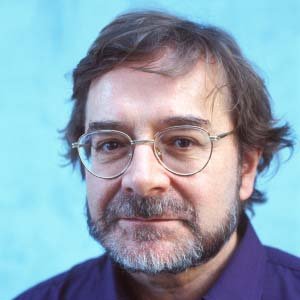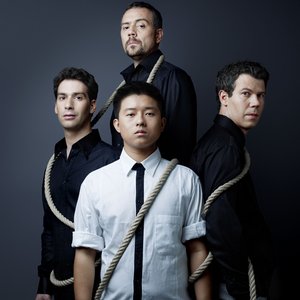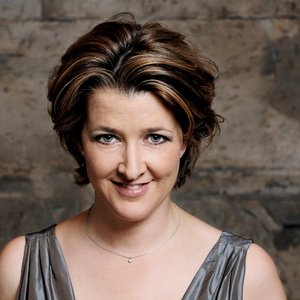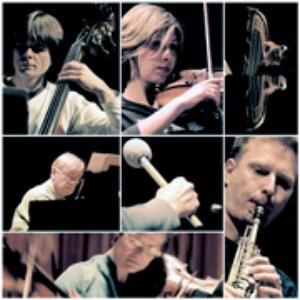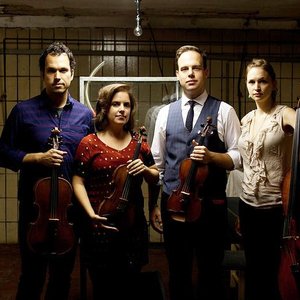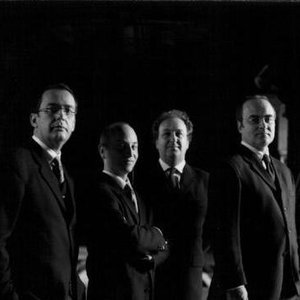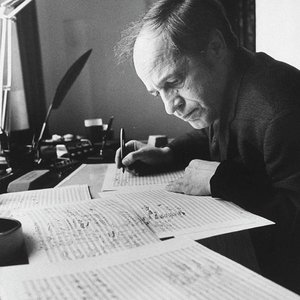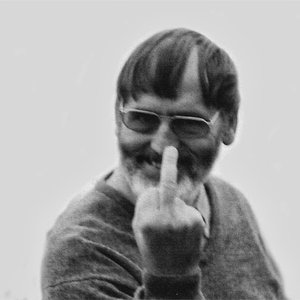Biography
-
Years Active
1976 – present (49 years)
-
Founded In
Paris, Île-de-France, France
-
Members
- Alain Billard
- Alain Damiens
- Alain Planès (1977 – 1981)
- André Cazalet
- André Trouttet (1984 – present)
The Ensemble intercontemporain is a chamber orchestra specializing in contemporary classical music.
The Ensemble intercontemporain was formed in 1976 by Pierre Boulez. It was conceived as a group of 31 soloists, who could play orchestral literature or literature for any combination of instruments. At first, the idea was for the ensemble to be more flexible than an orchestra, allowing composers to write for a more restricted group of instruments. This model has become quite prevalent in contemporary classical music for a variety of reasons, including the financial difficulties of orchestras in the late 1990s and early 2000s, and the increased responsibility that the smaller ensemble placed upon each player.
Many works that might have been conceived for orchestra are now being written with this instrumentation in mind. For example, Tristan Murail's Désintégrations, Helmut Lachenmann's "...zwei Gefühle...", Musik mit Leonardo, and Pierre Boulez's Répons, are all pieces that are somewhat orchestral in their depth of color, but have been written for smaller, less traditional ensembles.
Artist descriptions on Last.fm are editable by everyone. Feel free to contribute!
All user-contributed text on this page is available under the Creative Commons Attribution-ShareAlike License; additional terms may apply.
